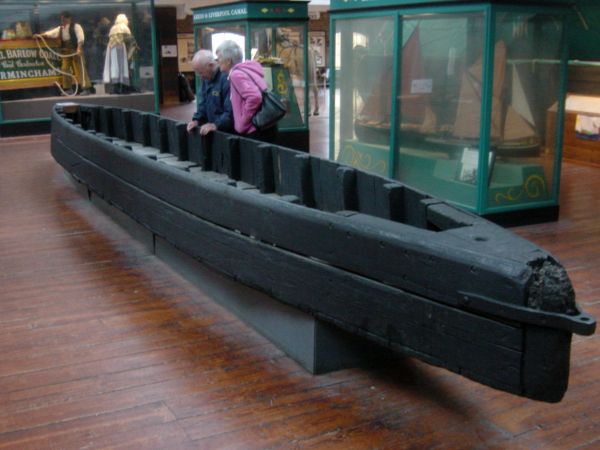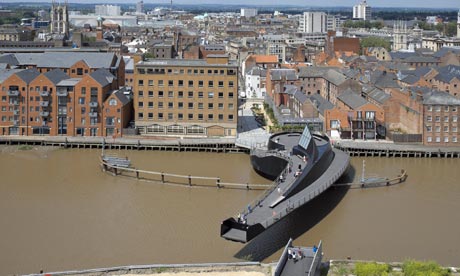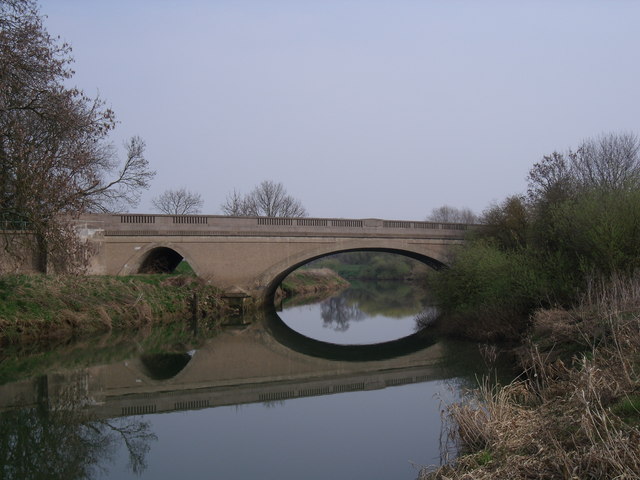I have been reading the 'Towpath' and 'Tillergraph' free papers this last week and found it very interesting to see what second hand boats are up for sale. It makes me doubly sure that we got the right set up for us. I'm sure the boat isn't perfect, but for perfect you need to spend funny money which would be better spent on other things. We love our reverse layout and the arrangement of the accommodation. Some things are not done to the best possible but we can either work round them or in the fullness of time I will change them. We are the sort that would make do anyway I suppose, but there can be too much in a boat really, as the idea of heading for the water for us was a simpler lifestyle, and we consider that we have all mod cons really.

In the paper was information about a methanol fuel cell, not to power the boat but just to keep the batteries charged when the boat is stationary. At over £2000 to charge the batteries and then with the cell needing replacement every couple of years it doesn't really stack up, even if you are ultra green as solar panels and a wind turbine can achieve the same. There are some that must have the latest gadget no matter what but I think it will be a while before they become what every boater must have. One that is suitable perhaps for a boat would weigh approx 7kgs and be about 40x30x20cm so there are advantages with that, but it still gives off CO2! They are also very quiet so you wouldn't be cursing the next boat for running the genny or engine through the night to watch the football.



How a methanol fuel cell works.

This is one make and coupled with the cell that looks like a 5 ltr container they look nice and smart. But still £2500!!
Also featured was the Sterling Engine. These were named after Rev. Robert Sterling who in 1816 invented the first close cycle air engine. These were improved by him and his brother and by 1843 were used to provide all the power for a Dundee iron foundry. I had never heard of these and even the Wikipedia pages about it were fascinating. There are very few moving parts as compared to a steam or internal combustion engine, and it is highly efficient, quiet, and can use just about any heat source to power it. Briefly it seems that there are two pistons with a gas between them. Heat is applied externally to one piston and the gas expands moving the piston. The second piston is 90 degs off the first so as it moves it sucks the gas into the cold cylinder where it cools and contracts. The flywheel drives the cold piston down which moves the gas back to the hot cylinder where the cycle repeats. Hopefully I have that right anyway. It seems that most Stirling engines are just nice shiny desktop 'toys' but they have been built at home to power small boats. I feel sure that they could be made to be powerful enough to dive a canal boat and in this day and age of special alloys etc it could be made to be small enough to fit too. As they are quiet, easily maintained, safer with few moving parts and clean maybe they could first be utilised as a generator for charging the batteries before propulsion?

A Sterling Engine and Sterling cycle.

10KW commercially available Sterling engine.
Now these appeal to me much more as they seem to be more of the Meccano era and boys toys stuff. I wonder if you could ferment your sewage tank as a digester and then use the gas to run the Sterling engine and even solar panels to provide power for the heat source? This to me sounds more like the first different engine we will see on a boat. We all know those that purr over their old engines. This could be the next thing to fit in their engine rooms!
I'm off now to finish my packing. I am away for a couple of weeks now so lets hope the weather isn't too bad for you all, and more especially my boat, and even more importantly perhaps, my car stuck outside at the airport for a fortnight.
























